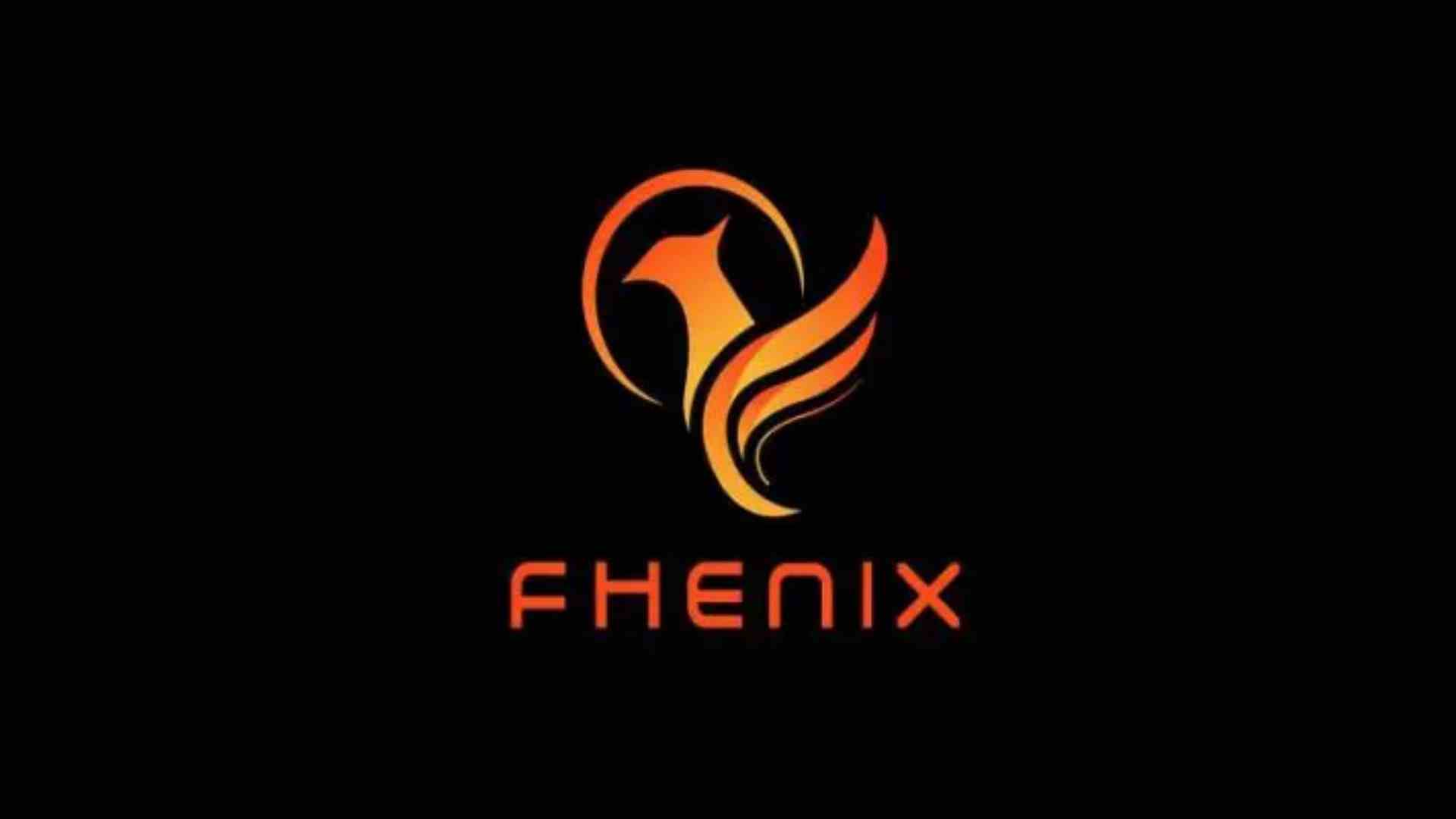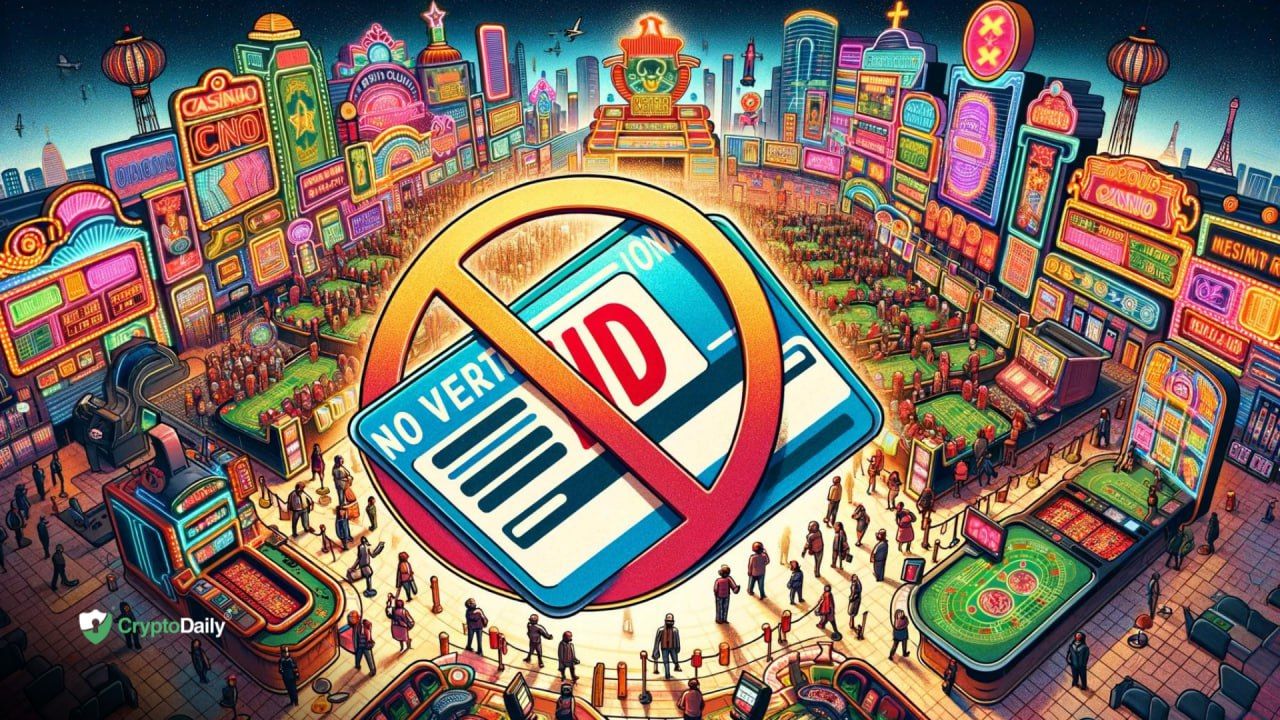Table of Contents
- Getting to Mass Adoption
- Web3 Must Be Transparent and Critical
- Web3 Must Create A Unique Solution to A Widespread Problem
With any new technology, there is a familiar pattern of adoption for those innovations that eventually become part of daily life. This pattern is called Roger’s Innovation Adoption Curve. The premise is that a new technology, even the most exciting, mass adoption does not happen right away. Instead, there are a series of adoption steps that take place from different groups of people. The Innovators, making up just 2.5% of people, are those helping to develop and expand the early technology. They see the big picture and have the technical knowledge to either make it a reality or find new use cases. The next group is the Early Adopters, which is 13.5%. These people are typically technically capable as well; they can also see the big picture and are not afraid to put in the time, effort, and troubleshooting to explore early use cases. Many of these people become thought leaders, bridging the gap between the current buggy (or at least imperfect) design and what it will evolve into. In the world of Web3, this is where we are. The many different platforms available have evolved dramatically in just a few years, becoming easier to use; the value of Web3 is becoming understood by more and more people thanks to thought leaders and a wider array of use cases. However, for many platforms there is still a minimum technical requirement for users. They have to create and connect wallets, they sometimes have to refer to the whitepaper or Docs, and they have to overcome the biggest adoption barrier of all: they sometimes have to troubleshoot.
Getting to Mass Adoption
To get to what we call “mass adoption”, this technical ability threshold needs to drop to nearly zero. The next two adoption groups are called the Early Majority and Late Majority, each representing a whopping 34% of the population who will eventually use the new technology. The Laggards round out the last 16% but we typically don’t focus much there—picture your weird uncle who still boasts a flip phone (not the new kind). When a technology breaks into the majority groups, this is when “mass adoption” begins. Web3 feels closer and closer by the day, but the technology also carries with it the baggage of the last 3-5 years. For those not involved in Web3, they may associate it solely with Bitcoin mining, the person who lost all their money crypto trading (with zero understanding of the system), or pixelated animal NFTs.
To break through the barriers, Web3 as an industry must accomplish several key goals to convince the majority that the technology is not only beneficial, but inevitable. First, to get past the Web3 bias, it must act as a transparent layer for users. Second, Web3 must bring critical value to the platform. Finally, the Web3 component should offer a unique solution that is impossible using Web2 or other solutions; and the solution should be for something that is a real problem for many different people. Crypto trading is useful, but has a notoriously high learning curve. Digital art NFTs were interesting, but didn’t solve a real societal problem. And some Web3 platforms do offer a solution to a widespread problem, but there are Web2 solutions that can also solve it. Let’s dive in deeper to each of these conditions, identifying how to meet them and to find a key use case, online event ticketing, that can only be solved with key Web3 attributes.
Web3 Must Be Transparent and Critical
This attribute has been evolving on numerous Web3 fronts. There are more platforms that are working hard to keep Web3 terms in the background to avoid customer confusion. Perhaps the most successful use of transparency is using mental models and terms that non-technical customers are already familiar with. For example, instead of asking a user to connect their Web3 wallet, which would create many different questions and result in quitting, a platform might assume that many customers don’t have pre-existing wallets as they’ve never interacted with Web3. Instead, a platform might ask a user to “create an account”, of which part of the process is to automatically create the wallet for the user, tie it to their account, and use the wallet for that platform. In many ways, this is no different than an account you might have for a retail website where your payment information is stored (hopefully securely).
In terms of using tokens, there are several best practices being used. A platform might allow a user to use straight fiat with the tokens as an option, or use fiat to convert into usable tokens. This model has been used in video game arcades for decades, and can be explained as such. For token rewards, although they might be a digital financial asset, they can act the way any “point system” might work on a Web2 site. You earn points (tokens) for doing certain things, and you can then redeem them for various rewards. This concept is familiar to those of any age, so long as you don’t try to explain what an ERC-20 standard is.
For criticality, a Web3 platform must integrate the Web3 features into the core of its value proposition. It can’t simply be a bonus rewards system. It needs to leverage those elements of Web3 that can’t be used elsewhere. Transparency. Security. Immutability. The ability to verify something on chain, anywhere in the world. These are essentially superpowers if used right. Further, they must tackle those issues that simply can’t be solved by Web2. If a trustless environment is critical because strangers are working together, a smart contract can be the perfect arbiter. If you need to verify critical information that with a Web2 solution could be faked, Web3 is there for you. If you require a form of currency that needs to smoothly cross borders across the world, token usage is a low fee, high efficiency solution.
Web3 Must Create A Unique Solution to A Widespread Problem
As a key example of these elements coming together, we can look at the UTIX use case. UTIX is an online e-ticketing platform that was built to solve widespread, universal problems among both event organizers (EOs) and fans. Ticketmaster has reigned with a monopolistic, iron fist over the ticketing market for decades, which has made nearly everyone frustrated with the current state of the industry. Instead of having users link to its Github, UTIX has followed the pattern described above. It uses an Android/IOS app for both groups (EOs and customers) where the account creation is also a wallet creation for the UTIX Loyalty Token. This token has a number of purposes, but from a user’s perspective it offers discounts, rewards, and exclusive opportunities like special tickets/events. To ensure the process is seamless from a Web3 perspective, the platform has gained approval for the token certified as a Malta Financial Services Authority (MFSA) approved IVFAO. The token is an ERC-20 standard virtual financial asset, which for the Web3 community will soon be listed on the Bitmart Exchange. Even if the UTIX customers are unaware initially, this creates even more opportunities for the tokens they hold.
The platform integrates key Web3 foundational aspects into its solution. Two big problems with online ticketing are price gouging and fake tickets. By making each ticket an NFT that the EO customizes (price range, when it’s available, whether or not it can be resold and for how much), UTIX has simply removed the ability for secondary market price gouging, unless the EO wants that to happen (and if they want the bad press to go along with it). For fake tickets, a user about to buy a ticket can simply take the QR code and verify its authenticity on-chain, transparently through the app, and all before they decide to purchase. If ever there was a problem custom made for Web3, this is it.
We will continue to look for these pioneering use cases that target the early and late majority of Web3 adopters. By making Web3 elements invisible but critical, and by solving those major problems currently impossible using Web2, adoption just might snowball into an avalanche of enthusiasts.
Disclaimer: This article is provided for informational purposes only. It is not offered or intended to be used as legal, tax, investment, financial, or other advice.
Investment Disclaimer















